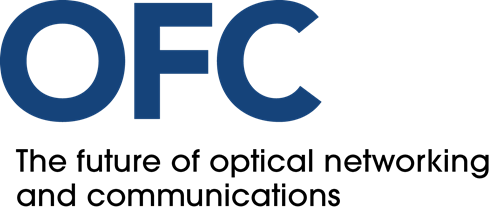SC359 - Networking for Datacenters and Machine Learning
16 Mar 2026
09:00 - 12:00
Short Course Level
Beginner
Short Course Description
Over the past decade, data centers have rapidly grown as an enabler of new applications and capabilities (cloud computing, machine learning, internet content streaming, internet search, social networking, etc.). As such, networks inside the datacenter have become the singular force driving the business and technology development of corresponding fiber optic communications.
This course describes various network architectures and technology considerations in constructing datacenter networks for traditional as well as burgeoning machine learning applications. Particular emphasis is placed on the role of optical interconnects, for which we discuss technology trends, key metrics, the progression to higher interconnect speeds, and a roadmap for the next 3 to 4 years. The role of optical switching is also discussed.
Short Course Benefits
Benefits and Learning Objectives:
- Define warehouse-scale computers (WSCs) and describe their structure
- Describe the engineering principles and philosophies in building scalable mega-datacenter infrastructures
- Compare different datacenter network architectures/topologies and understand their tradeoffs
- Understand key electrical technology building blocks (switch silicon, backplanes, copper interconnect) for datacenter networks
- Identify key trends and metrics for intra-datacenter optical interconnects
- Select suitable optical/optoelectronic interconnect technologies for building datacenter networks and machine learning systems
- Understand relevant optical interconnect standards/multi-source agreements (MSAs) across multiple generations (100GbE, 200GbE, 400GbE)
- Explain the emerging roles of optical switching
Short Course Audience
This course is beneficial to optoelectronic engineers, fiber optic transceiver designers, and optical transmission engineers who would like to understand the requirements of datacenter and machine learning networking. It would also benefit network engineers looking for deeper knowledge of high-speed optical communication technologies used to realize various datacenter network applications. For network planners and architects, this course provides outlooks in optical network technology development for the next 3 to 4 years.
-
Hong Liu
Google, United States
Hong Liu is a Google Fellow at AI and Infrastructure (AI2), where she is involved in the system
architecture and interconnect for a large-scale computing platform. Her research interests
include high speed signaling, network architecture and optical interconnection for cloud and
machine learning. Prior to joining Google, Hong was a Member of Technical Staff at Juniper
Networks, where she worked on the architecture and design of network core routers and multi-
chassis switches. She holds 55 U.S. patents in the areas of photonic devices, datacenter
networks, and optical communications. Hong received her Ph.D in electrical engineering from
Stanford University, and is an OSA Fellow. -
Ryohei Urata
Google, United States
Ryohei Urata is currently a Principal Engineer/Director in the Platforms Infrastructure
Engineering (PIE) Optics Group, where he has defined/developed Google's datacenter optical
technologies and corresponding roadmap for the past decade. Prior to joining Google, he was a
research specialist at NTT Photonics Laboratories, Japan. He has over 150 patents, publications,
and presentations in the areas of optical interconnect, switching, and networking. He received a
Ph.D. degree in electrical engineering from Stanford University (Stanford Graduate Fellow). He
was elected an Optica/OSA Fellow in 2022.
